Louise Iles / University of Cambridge
Source - http://www.bbc.co.uk/news/science-environment-20795347
As much as science looked to the future this year in fields ranging from particle physics to planetary exploration, 2012 also gave us a rich view into the past. Here's a month-by-month view of what excited archaeologists through the year.
January
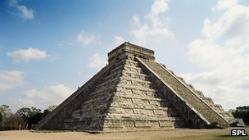
2012 started off with some archaeological reminders of the excesses of New Year. Following the news that Peruvians were snacking on popcorn as early as 4700 BC was evidence for early Maya tobacco use, with nicotine residues found in ceramic vessels from Mexico dating to between AD600 and AD900.
Next came the news that the notoriously beer-loving Vikings who settled in Greenland around 1,000 years ago were growing barley there - despite the cold climate - and thus were presumably able to brew their own.
February
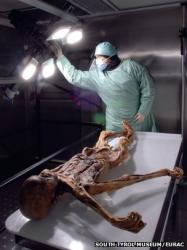
In February, the cold weather kicked in, accompanied by a chilly archaeology story about the whole-genome sequencing of "Oetzi the Iceman" - the mummified corpse of a man who was killed over 5,000 years ago in the Italian Alps.
Analysis of his DNA provided not only a unique window into Oetzi's personal life, but also a glimpse into ancient migration patterns in Europe. Previous analysis of his mitochondrial DNA had placed his maternal lineage a group from north-central Europe, while the new research found that his paternal ancestry belonged to a group found predominantly in Corsica and Sardinia.
His connection with modern Sardinians shows not that Oetzi was a Sardinian immigrant to the Alps - isotopic evidence from his teeth and bones prove that he grew up and lived close to where his body was found - but instead suggests a deeper shared ancestry between these Mediterranean islands and the Alpine region.
March
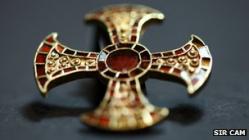
March brought the discovery of an unusual and elaborate burial from the 7th century AD that highlighted the dynamic changes in society that characterised late Anglo-Saxon England. Unearthed in a village just outside Cambridge was the grave of a teenage girl, buried on an ornamental bed and wearing a beautiful gold and garnet cross.
The burial merged pagan grave goods with Christian symbolism - a tangible manifestation of the transition from paganism to Christianity at a pivotal moment in the development of modern Britain.
April
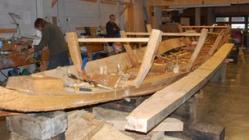
According to the Met Office, this April was the wettest in over a century. It was in this wet weather that archaeologists, engineers and boatbuilders joined forces to discover how people built boats in the Bronze Age.
Work began on a full-sized replica of a Bronze Age stitched boat at the National Maritime Museum Cornwall. Its design was based on a vessel discovered at North Ferriby on the Humber foreshore. Such boats were apparently used to trade metals such as tin, copper and gold with the European mainland.
May
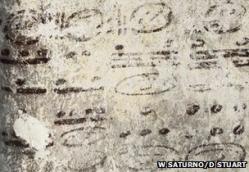
May brought news of the oldest Maya astronomical calendar discovered so far, from the 9th Century. The calendar was depicted in murals painted on the inner walls of an abandoned building at Xultun, possibly the workroom of a scribe.
Hieroglyphics written on some of the walls gave calendrical and astronomical tables for lunar and planetary cycles up to 7000 years into the future, debunking the theory that the Maya believed the world would end in 2012.
June
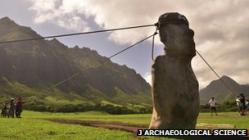
June saw the publication of a book challenging the theory that Easter Islanders destroyed their forested environment and wasted natural resources in the course of transporting almost 1,000 of the famous Moai statues into position.
Instead, the authors emphasise the success of the islanders' survival in such a marginal ecological environment. The widespread deforestation, they argue, was not due to human overexploitation of wood, but due to the arrival of rats along with the earliest settlers. These rats, with no natural predators, soon overran the island, eating the seeds of the trees and interrupting the natural cycle of forest regrowth.
Indeed, perhaps the statues were not transported using wooden rollers, as previously thought. Footage of a team of archaeologists walking the statues into position provides an alternative hypothesis to rolling them along on tree trunks. However, the jury is still out.
PART.2